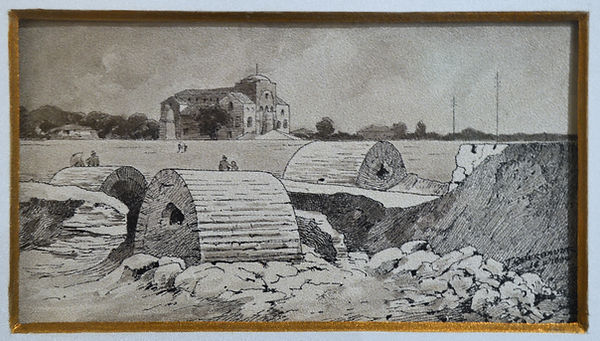The Church of St. Sofia is situated in the center of Bulgaria’s capital. Like its namesake, Hagia Sophia in Constantinople, it was originally dedicated to the wisdom of God. It is one of the oldest churches in Sofia and its history is closely related to the history of the city. In fact, Sofia is named after this church.
Over the next few centuries, several other churches were constructed, only to be destroyed by invading forces such as the Goths and the Huns. The basic cross design of the present basilica, with its two east towers and one tower-cupola, is believed to be the fifth structure to be constructed on the site and was built during the reign of Byzantine Emperor Justinian in the middle of the 6th century (527-565). It is thus a contemporary of the better-known Hagia Sophia church in Constantinople. Fragments of the mosaics from an older structure which found underneath the current church were discovered during archeological excavations.
It is likely the site of the Council of Serdica held in Sofia in 343. While it was upheld in the East and the West, this council did not accomplish its goals, and thus is not viewed as an ecumenical council as, for example, the Council of Nicea would be.
During the Second Bulgarian Empire (spanning the 12th to 14th centuries), the structure acquired the status of a metropolitan church. In the 14th century, the church gave its name to the city. In the 16th century, during Ottoman rule, the church was converted into a mosque: the original 12th-century frescoes were destroyed and minarets were added. In the 19th century two earthquakes destroyed one of the minarets and the mosque was abandoned. Restoration work was begun after 1900.
Page under construction
St. Sofia (1878)

Church of St. Sophia by J. Oberbauer (1892)
Church of St. Sophia and the Necropolis by J. Oberbauer (1896)
Church of St. Sophia following restoration work in 1925 by J. Oberbauer (1925)
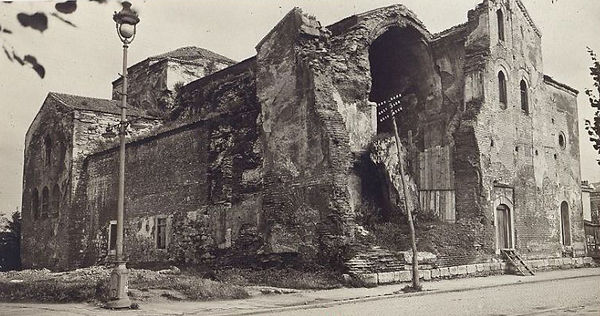
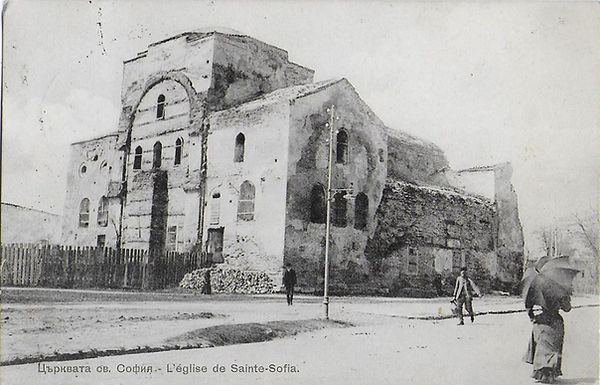
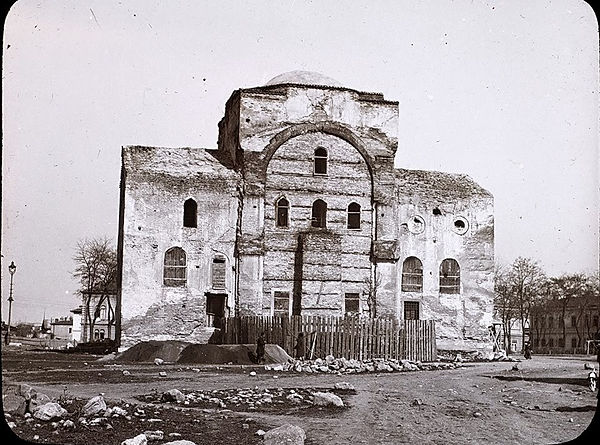
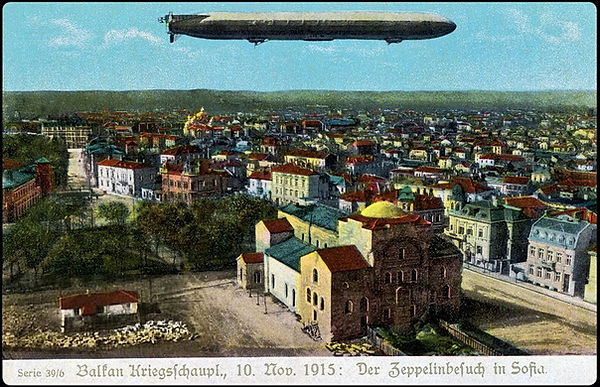


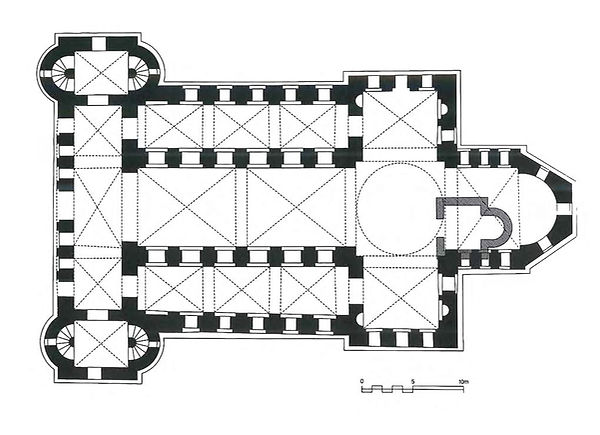
Plan from Ćurčić
National Archaeological Museum
Floor mosaic from the Church of St. Sophia (first quarter of 4th century)
Tomb mural from the Church of St. Sophia (4th century)
Sources
Architecture in the Balkans from Diocletian to Süleyman the Magnificent by Slobodan Ćurčić
Byzantine Architecture by Cyril Mango
Early Christian and Byzantine Architecture by Richard Krautheimer
Oxford Dictionary of Byzantium edited by Alexander Kazhdan
Resources
Church of St. Sophia Album (Byzantine Legacy Flickr)
National Archaeological Museum Album (Byzantine Legacy Flickr)
.jpg)
.jpg)
.jpg)
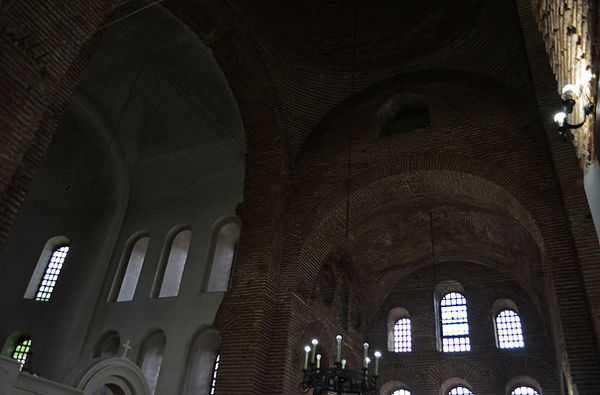.jpg)
.jpg)
.jpg)
.jpg)
.jpg)
.jpg)
.jpg)
.jpg)
.jpg)
.jpg)
.jpg)
.jpg)
.jpg)
.jpg)
